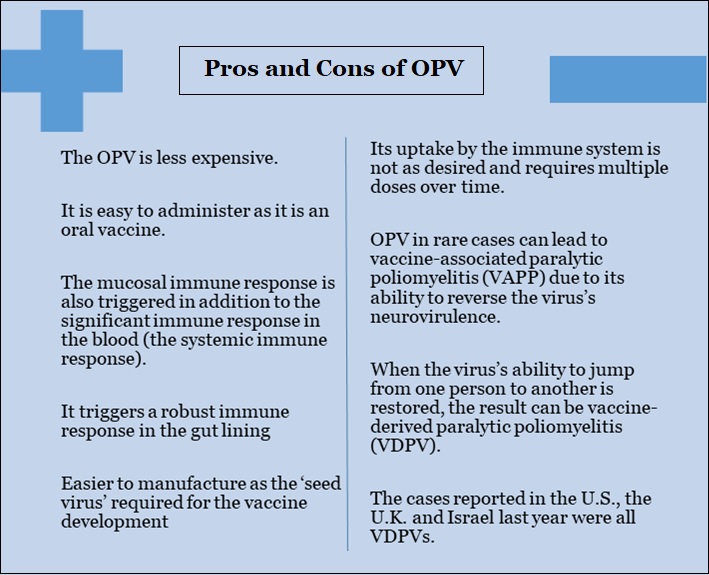7667766266
enquiry@shankarias.in
The U.S., the U.K., and Israel, among others, recently reported polio cases in unvaccinated people after having been polio-free for more than a decade.
India was declared polio free in 2014 by WHO.

References